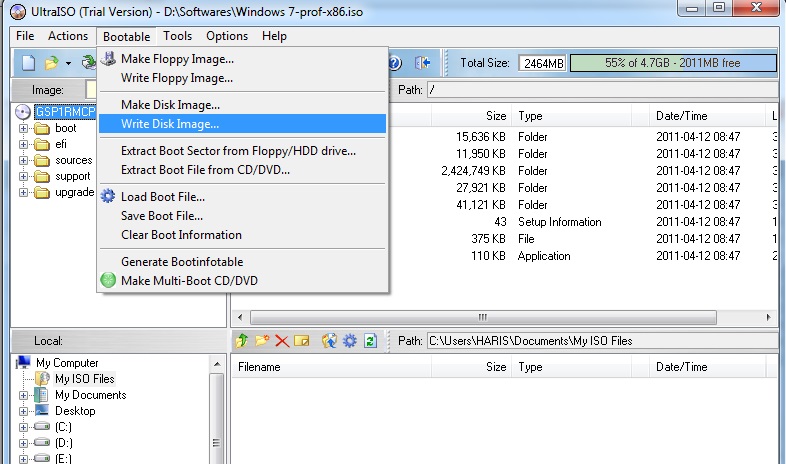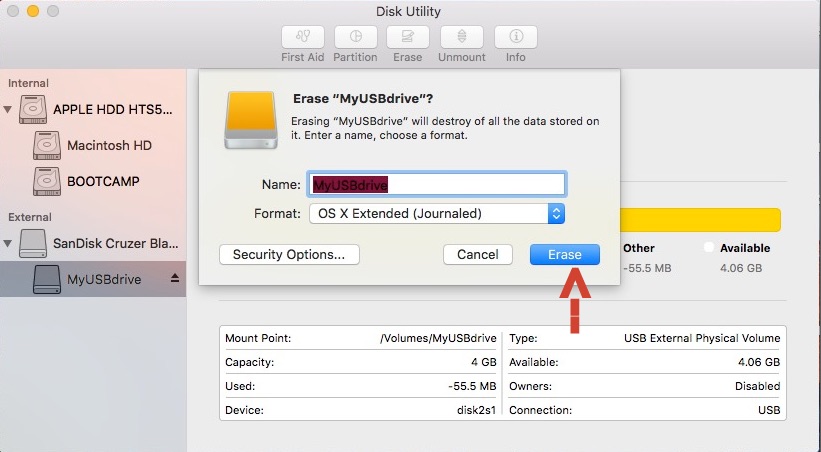
- File format for running kali on usb on mac how to#
- File format for running kali on usb on mac install#
- File format for running kali on usb on mac portable#
Step 6: Once the status bar is completed 100%, click on close and safely remove the USB drive from the PC. Step 5: Click the Start button to overwrite the contents of the USB device, as shown in the figure. Match the name of the device selected, which corresponds to the name of the USB device you inserted. Step 4: Launch Rufus and choose the Kali Linux ISO file that you want to copy on the USB drive. Step 3: Plug your USB drive into your Windows PC and remember the drive name associated with it (e.g., "H :\"). Step 2: You should download any bootable image file processing tool, which allows you to create a bootable USB drive. Here, we are going to download Kali Linux 64-Bit. Do not download it from any other website because it may contain malware. Step 1: Download Kali Linux ISO- Download the ISO image file of Kali Linux from its official website, i.e. We may also set up Kali Linux on ARM (Advance RISC (Reduced Instruction Set Computer) Machine) devices like Raspberry Pie, cubic truck, trimslice, and so on.
File format for running kali on usb on mac install#


It is portable, so you can carry USB where ever you go, and it is easy to install, and lastly, it is potentially persistence. So if we use USB to install, then no changes are needed to be made to our host system hard drive, so it's non-restrictive. Bootable device: it is one of the fastest ways of installing Kali Linux and most favorable as well.It takes a few minutes to write the Kali Linux image file on your USB drive.Next → ← prev Kali Linux Installation Different ways of installing Kali Linux: Select the Kali Linux image file and click the start button.

File format for running kali on usb on mac portable#
File format for running kali on usb on mac how to#
But don’t worry, In this guide, we will show you step by step, How to create Kali Linux Live USB Persistence.

The main problem with Kali Live is when we use Kali Linux live USB and make changes in Kali Linux or install new packages in Kali, everything gets wiped when we reinsert USB or restart Kali Linux. We can either install Kali Linux or use Kali Live.


 0 kommentar(er)
0 kommentar(er)
